Neuroscience
Improving the lives of children with a broad spectrum of neurological disorders.
Our group comprises researchers dedicated to the study of the central and peripheral nervous systems. The team is a clinically oriented research group focused on translational research, which is aimed at improving the lives of children with a broad spectrum of neurological disorders.
All members of the research team have close links with the Departments of Neurology or Neurosurgery of The Royal Children’s Hospital (RCH), with all team leaders being directly involved in patient clinical care.
Our group has strong multidisciplinary collaborations with other groups within the Murdoch Children's Research Institute, as well as research groups within Victoria, nationally and internationally.
Group Leaders
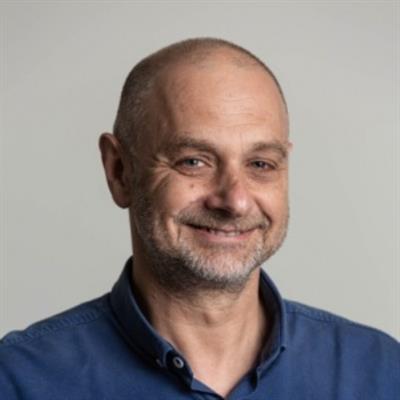
Team Leaders


Group Members
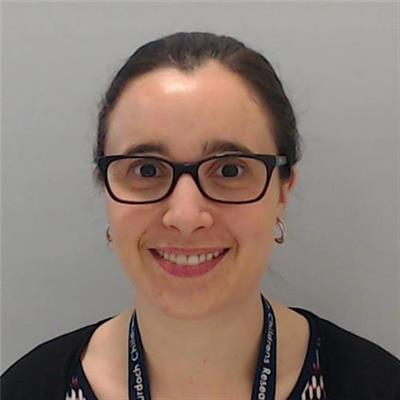
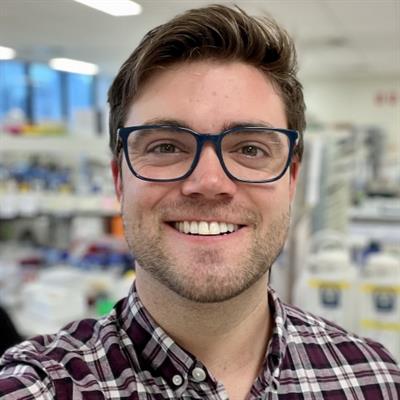

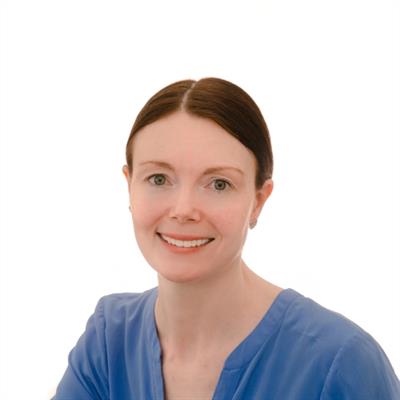
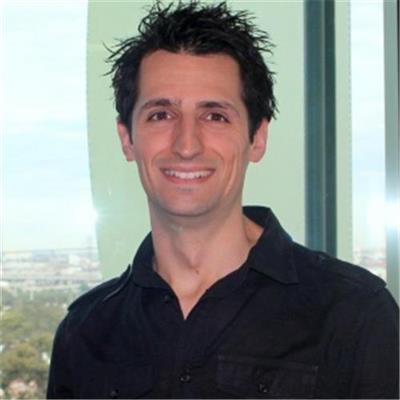

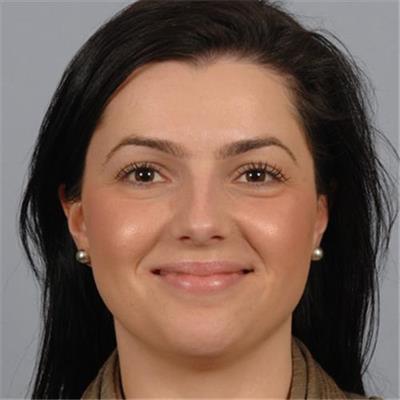
Our projects
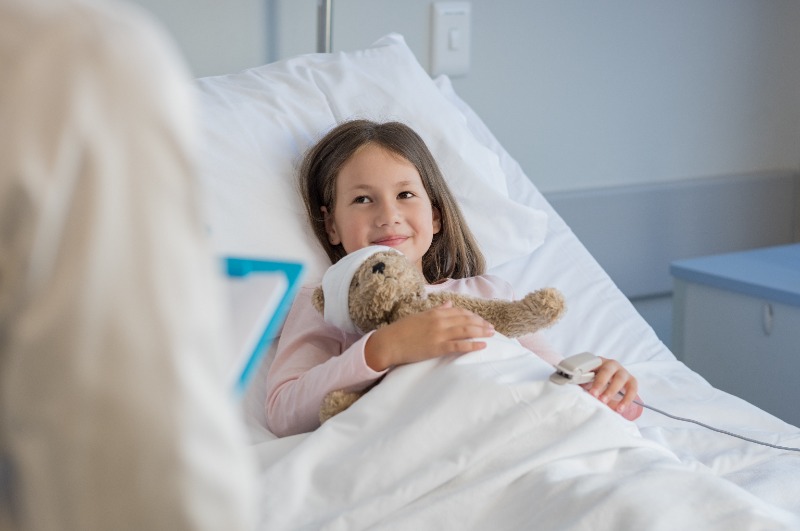
Australian Paediatric Acute Code Stroke (PACS) Study
Our vision is to improve the health outcomes of Australian children affected by stroke by narrowing the gap between adults and children in accessing life-changing treatments.
Read more...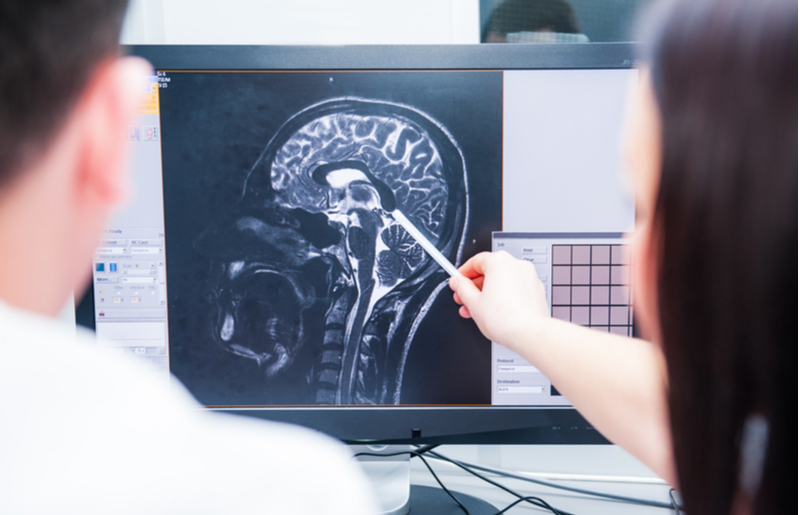
White Matter Disorders Program
The Australian Leukodystrophy Clinical and Research Program. This program aims to provide more diagnoses, improved experiences and better outcomes for families affected by leukodystrophies and white matter disorders through research and targeted precision treatments.
Read more...Epilepsy research
Tuberous sclerosis
Epileptogenicity and outcome of surgery in tuberous sclerosis is being studied by the RCH neurology, neurosurgery, medical imaging and pathology departments, in collaboration with the Murdoch Children's tissue genetics team and the Petrou Lab at the Florey Neurosciences Institute. A particular focus is the examination of tissue excitability and microstructure in the centre of cortical tubers, using in vivo investigations in patients and in vitro studies of resected tissue.
Cortical dysplasia
Cortical dysplasias are a not uncommon cause of drug-resistant focal epilepsy in children. Some are extremely small and at the limits of current magnetic resonance imaging (MRI) technology. The RCH neurology and neurosurgery departments are working with the medical imaging and pathology departments to find better ways to identify these patients and these lesions, and then cure their seizures with more precise surgery. The work is being done in collaboration with the Austin Hospital and the Florey Neurosciences Institute.
EEG-functional MRI
Simultaneous EEG-fMRI is a technique in which the brain’s electrical activity can be recorded during an MRI scan and visualised as a brain image. In a collaboration with the Florey Neurosciences Institute, the Murdoch Children's Developmental Brain Imaging Group and the RCH neurology department, the team is studying the brain regions that give rise to abnormal electrical activity in the children with focal and generalised epilepsy. In some children, the findings will lead to surgical therapies for their seizures.
Anticonvulsant drug trials
With the Australian Paediatric Pharmacology Research Unit (APPRU), the RCH neurology department participates in pharmaceutical-sponsored randomised clinical trials of new antiepileptic medications in children with epilepsy.
Severe epilepsies of infancy
Severe epilepsies of infancy (SEI) are a group of neurological disorders with frequent seizures and often poor cognitive outcomes, because of a variety of causes. In many patients, the cause remains unknown despite extensive investigation and is presumed genetic. This research will study the incidence and genetic causes of SEI. This work will inform the diagnosis, prognosis and management of children with SEI. At a broader level, understanding the genes and pathways that cause SEI is the first step in developing novel treatments. This work is being done in collaboration with the Epilepsy Research Institute at the Austin Hospital.
Brain malformation research
Brain malformations are disorders of brain structure and function that occur because of either genetic or environmental factors adversely affecting the development of the brain during pregnancy. These disorders include microcephaly, lissencephaly, grey matter heterotopia, agenesis of the corpus callosum, polymicrogyria and cortical dysplasia. Common symptoms include cerebral palsy, developmental delay and epilepsy. The Neuroscience group has an active research program beginning in the clinic, which is aimed to understand the causes, outcomes and best treatments for these conditions. This research involves brain imaging using advanced MRI, gene discovery using next-generation sequencing technologies, and studies of outcome and function using clinical and neuropsychological measures. The team works closely with other campus partners from genetics, imaging, neuropsychology, clinical neurology and epilepsy surgery, as well as multiple national and international collaborators.
Neuromuscular research
Clinical trials into neuromuscular disorders of childhood
Cumulatively, nerve disorders (neuropathies) and muscle disorders (myopathies and muscular dystrophies) effect least one in 1000 children. Although individually uncommon, these conditions cause weakness, difficulty with motor tasks such as walking and running, and they are often associated with orthopaedic problems such as scoliosis and joint contractures. Some also affect the heart and respiratory muscles, and can cause wheelchair-dependence and even early death.
The team is engaged in several natural history studies and clinical trials into diagnosis, assessment and treatment of neuromuscular disorders of childhood. The team includes several neurologists and a specialised nurse practitioner, research physiotherapists, an occupational therapist, genetic counsellor, respiratory specialists, cardiologists, an orthotist, research dieticians, a psychiatrist, social worker, teacher and orthopaedic surgeon. The RCH Neuromuscular clinic is headed by Dr Eppie Yiu. The other neurologists involved with the team are A/Prof Andrew Kornberg and Dr Victoria Rodriguez-Casero.
Particular areas of interest are Duchenne muscular dystrophy, spinal muscular atrophy and Charcot-Marie-Tooth disease. Duchenne muscular dystrophy is the most common progressive muscle disease of childhood. The team are part of several international research consortia involved in DMD research and have subjects enrolled in several long-term natural history studies of this condition. This includes clinical trials of several potential new treatments for DMD, including studies of nutriceuticals, bisphosphonate therapy, antisense oligonucleotide therapy and nonsense-mutation gene read-through.
Spinal muscular atrophy is a relatively common, severe disorder affecting motor nerves and causing severe weakness, contractures, scoliosis and respiratory impairment. To date, no effective treatments for this condition have been identified. Murdoch Children's is one of two Australian centres enrolling infants with SMA type 1 in an international trial of intrathecal antisense oligonucleotide therapy.
Charcot-Marie-Tooth (CMT) disease is a term representing about 70 different genetic nerve diseases which can be present in childhood or adulthood. We have a longstanding research interest in CMT, and undertook the first large study of vitamin C supplementation for paediatric CMT type 1A. We continue to engage in studies of the orthopaedic, gait and other aspects of natural history of different CMT and are looking to undertake studies of potential new therapeutics soon.
Stroke research
Vaso-occlusive stroke in children with cardiac disease- a case control study to identify risk factors for stroke in children with cardiac disease
Advances in medical and surgical treatment of children with congenital heart disease have resulted in improved survival. There is now increasing focus on neurodevelopmental outcome in this patient population. Stroke is particularly important as it frequently results in permanent neurologic sequelae, although it often goes clinically unrecognised, particularly in young infants. This project aims to improve the understanding of the risk factors for perioperative stroke in the cardiac population by comparing children with stroke and cardiac disease to other children with a similar cardiac diagnosis, procedure type, age, and date of the procedure.
Characterizing brain behaviour relationships in perinatal and childhood stroke using diffusion weighted magnetic resonance imaging
Currently, there is a lack of clinical research validating biomarkers to predict prognosis in childhood stroke. Advanced diffusion MRI techniques, which provide an assessment of the microstructure of white matter fibre tracts, will provide important insights into patterns of recovery following stroke. These novel methods are an important first step in understanding brain connectivity and functional reorganization following stroke within the developing brain. This cross-sectional study aims to explore the relationship between lesion characteristics and functional outcomes in childhood stroke using MR diffusion imaging. Accurate identification of the neural correlates of language and motor deficits will assist with the early identification of children at increased risk of adverse outcomes, facilitating the implementation of appropriate interventional strategies.
Strategies to decrease lag time to diagnosis in paediatric stroke
Strategies need to be developed to reduce time to diagnosis by improving knowledge of stroke symptoms amongst parents, general practitioners and paediatricians. This study identifies reasons for delayed presentation to hospital and to identify useful signs or symptoms to discriminate stroke from other brain problems. Parents of children recruited to RCH Registry will be interviewed and medical charts will be reviewed. A 12 month audit of children presenting to RCH with brain attacks will be performed to define conditions mimicking stroke. This project will inform development of a stroke clinical pathway to enable rapid triage, medical assessment and neuroimaging to increase likelihood of children receiving thrombolytic treatment to reduce long-term disability.
Leukodystrophy research
Leukodystrophies are disorders of the white matter or cabling networks of the brain. There are many types of leukodystrophies with variable clinical outcomes, including developmental delay, muscle spasticity and occasional problems with the peripheral nerves to the legs and nerves to the eyes. Some leukodystrophies are mild and static, whilst others are progressive and degenerative. It is presumed that most leukodystrophies are caused by genetic disorders, yet the precise genetic cause can only be found in ~50% of patients. The Massimo’s Mission Leukodystrophy and White Matter Disorders Program aim to classify and understand the causes and outcomes of these conditions and to develop better means of diagnosis and treatment. The study is using genomics to provide more diagnoses and establish a national registry. The team is part of the Global Leukodystrophy Initiative (GLIA), a team of investigators from around the world determined to understand these conditions better and improve the lives of affected patients and their families.
Neurosurgery research
The overall aim of the research conducted at the Department of Neurosurgery is to further the clinical utilities of non-invasive, state-of-art neuroimaging techniques that improve the surgical planning and functional outcomes of children underwent neurosurgical interventions. These neuroimaging adjuncts include techniques such as Magnetic Resonance (MR) diffusion tractography (a post-processing MR technique that allows non-invasive mapping of brain nerve fibre tracts), functional MR imaging (a post-processing MR technique studying areas of functional brain cortices during the execution of a functional task), and incorporating an MR scanner in the operating suite (IMRIS theatre). The focus of the current research is the evaluation of the peri-operative and intra-operative role of MR diffusion tractography in paediatric epilepsy neurosurgery. The developed MR diffusion tractography technique is also a valuable educational resource for the learning of brain nerve fibre tract anatomy in both healthy and disease states.
Neuroimmunology research
Whilst multiple sclerosis (MS) is often thought to be a neurologic disorder of adults, up to 5% of all individuals with MS have onset during childhood. The treatment options available for MS have broadened significantly over the past five to ten years, and now include oral agents as an alternative to the traditional injectable agents. Their safety and effectiveness in children need to be formally studied. Murdoch Children's is an active enrolling site in two large, international, multicentre MS treatment trials in children, studying the efficacy and safety of two new oral agents for MS—fingolimod and teriflunomide. The Institute’s site is run by Associate Professor Andrew Kornberg (PI) and Dr Eppie Yiu (sub-investigator). These treatment trials are the first randomised-controlled trials in paediatric MS and represent an important step forward in the treatment of children with MS.
High-resolution ultrasound in neuromuscular disorders of childhood
Advances in ultrasound technology over the past 10 to 15 years have markedly improved its resolution and image quality. High-resolution ultrasound is increasingly used in the assessment of nerve and muscle conditions. As a painless, safe and non-invasive imaging method, it is suitable in the paediatric population. A recent study conducted by Dr Eppie Yiu at the Murdoch Children's Research Institute showed a marked increase in nerve size in children with an inherited nerve disorder called Charcot-Marie-Tooth disease type 1A, and showed that nerve ultrasound may be a useful tool in the diagnosis and monitoring of children with nerve conditions. Further studies aim to establish reference ranges for nerve size in healthy children, describe ultrasound findings in a range of inherited and inflammatory nerve disorders of childhood, and to describe the muscle ultrasound abnormalities in a range of muscle conditions, including the muscular dystrophies.
Funding
Competitive
- National Health and Medical Research Council
- Brain Research Foundation
- European Union FP7 Rare Disease Best Practice group
- Charcot-Marie-Tooth Association of Australia
Philanthropic
- Royal Children’s Hospital Foundation
- Thyne Reid Foundation
- Campbell Edwards Trust
- Handbury / Payne Family
- Suttie Family
- Hansen Family
- Brimbank Council
- Macquarie Bank
Collaborations
Campus
- Australian Centre for Child Neuropsychology Studies
- Bruce Lefroy Centre
State
- Epilepsy Research Centre
- Walter and Eliza Hall Research Institute
- Brain Research Institute
National
- Australasian Neuromuscular Network
- Queensland Brain Institute
International
- Global Leukodystrophy Initiative
- Treat-NMD
- Cooperative International Neuromuscular Research Group
- International Pediatric Stroke Study
Featured publications
- Experiences of Pain in Hospitalized Children During Hematopoietic Stem Cell Transplantation Therapy. 2021
- Recombinant Factor VIIa in Pediatric Cardiac Surgery. 2021
- Age-specific differences in the in vitro anticoagulant effect of Bivalirudin in healthy neonates and children compared to adults. 2020
- Anticoagulant Heparin Mimetics via RAFT Polymerization. 2020
- Method article: guidelines for panel design, optimization, and performance of whole blood multi-color flow cytometry of platelet surface markers. 2020
